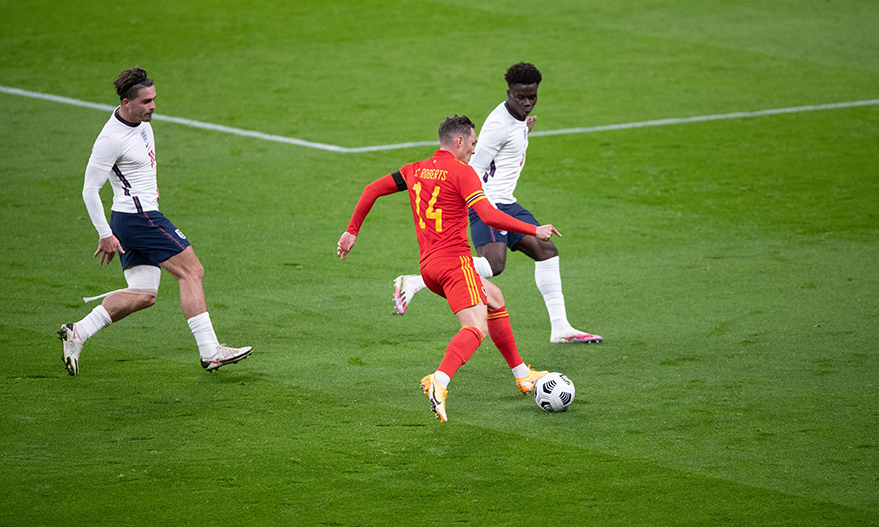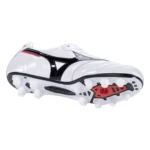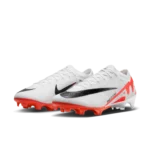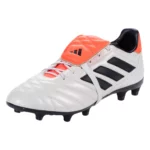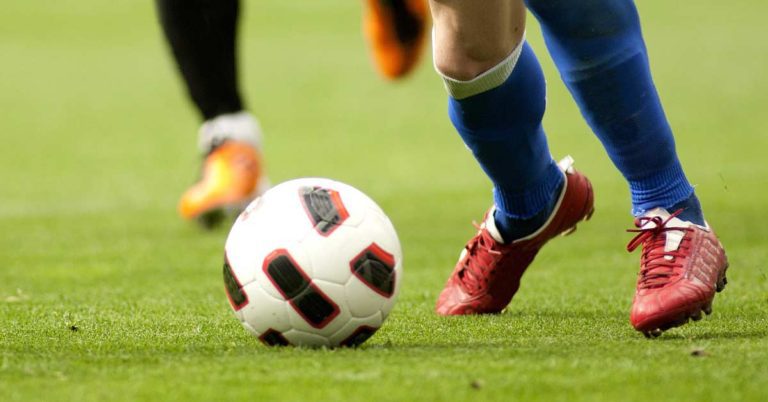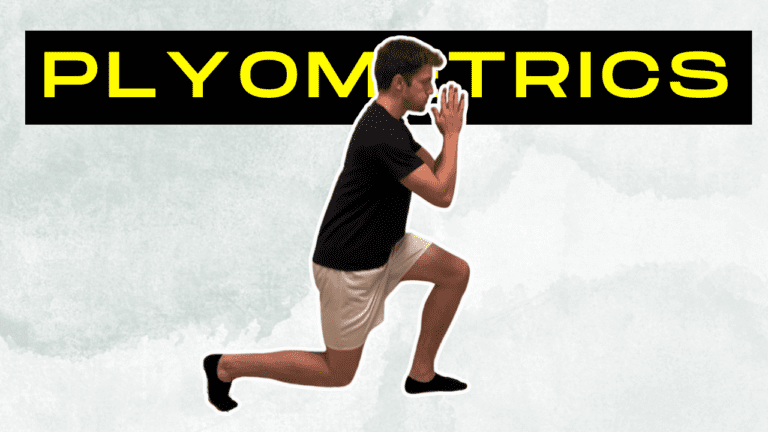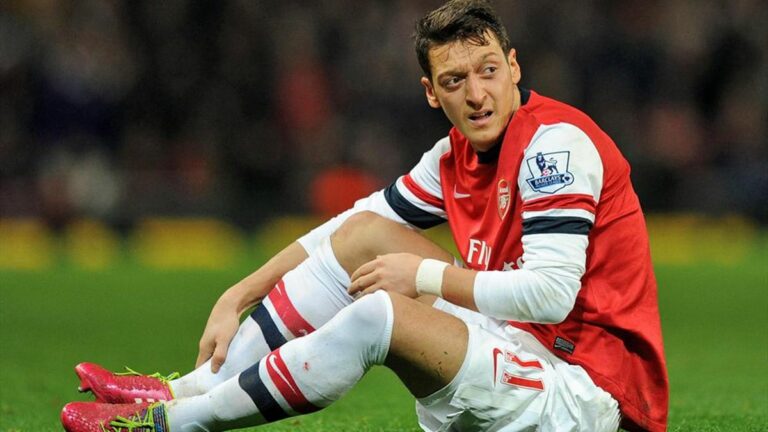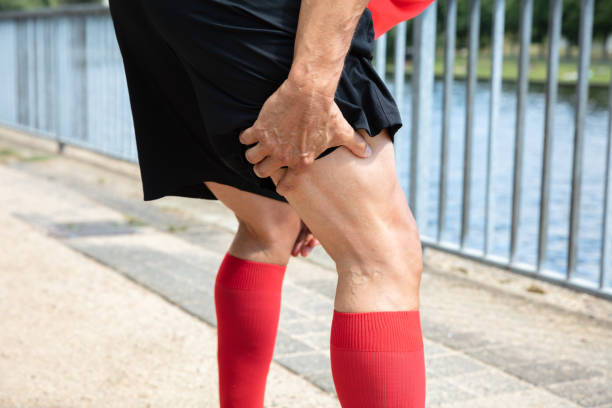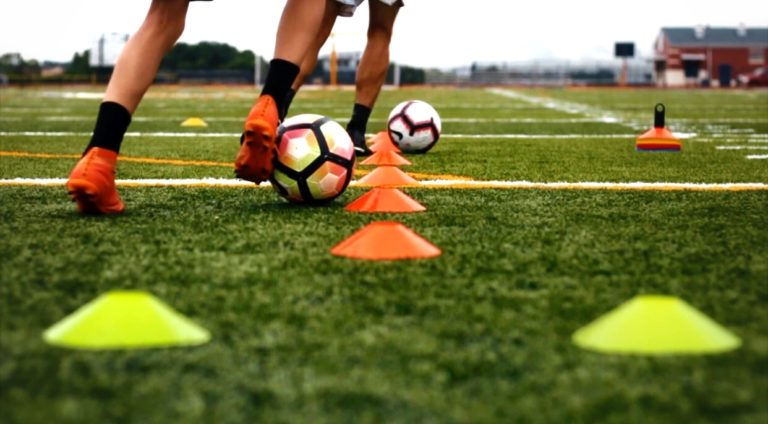Defending in Soccer
Defending in Soccer
There’s a common saying in sports that reads, “Offense wins games, but defense wins championships”. This is no doubt the truth in soccer as well. Regardless of the level you play at, a well organized defense is the key to building a great team. Everyone on the field is responsible for a playing a roll in the defense. In this article we’ll be going through the core principles of defending in soccer to help you improve your game.
Having the right equipment can help you get the best out of your training. If you’re looking for the latest football boots and gear, go to World Soccer Shop for the best prices online.
Defensive Positions

Every player on the field plays a part on defense. Depending on your position on the field, your defensive duties may vary. We’ll go over the defensive tactics that are used in several positions on the field.
Centre Back
Centre backs will need to act as generals on the field. As a centre back, it’s easier to see the entire field. This makes it crucial that you’re constantly communicating with your teammates.
Centre backs are typically responsible for being the last line of defense. They should encourage their fullbacks to move up the field, and be ready to cover wide areas in case of a counter attack. Centre backs will also need to be physically strong and able to win headers against their opponents.
Full Back
In today’s modern game, full backs are responsible for covering a lot of ground. They need to be running up and down the flanks constantly in order to support both the offense and the defense.
The defensive responsibilities of a full back depend on them tracking back to mark the opposing wingers. They must be able to slow down the attack in order to help the rest of the team get back in support. As a full back, you are also responsible for shutting down the outside passing lanes.
Defensive Midfield
Defensive midfield has evolved into one of the most important positions in world football. That’s mainly due to the fact that defensive midfielders carry so many responsibilities. They must be able to protect the backline, make frequent tackles, slow down the opposition, and provide a link between defense and offense.
Similar to centre backs, defense midfielders need to also be communicating with their teammates constantly. A good defensive midfielder will also be able to anticipate the opposition’s tactics, and intercept the ball whenever possible. Defensive midfielders also need to track back in order to shield their back line.
1v1 Defending
1v1 defending is one of the most crucial skills to have in soccer. Whether you’re in the middle of the field or the last line of defense, you need to have the ability to stop your opponent getting past you. If you’re looking on a full breakdown of 1v1 defending, check out our article on 1v1 Defending in Soccer. Below are some of the core principles of 1v1 defending.
1. Apply Pressure
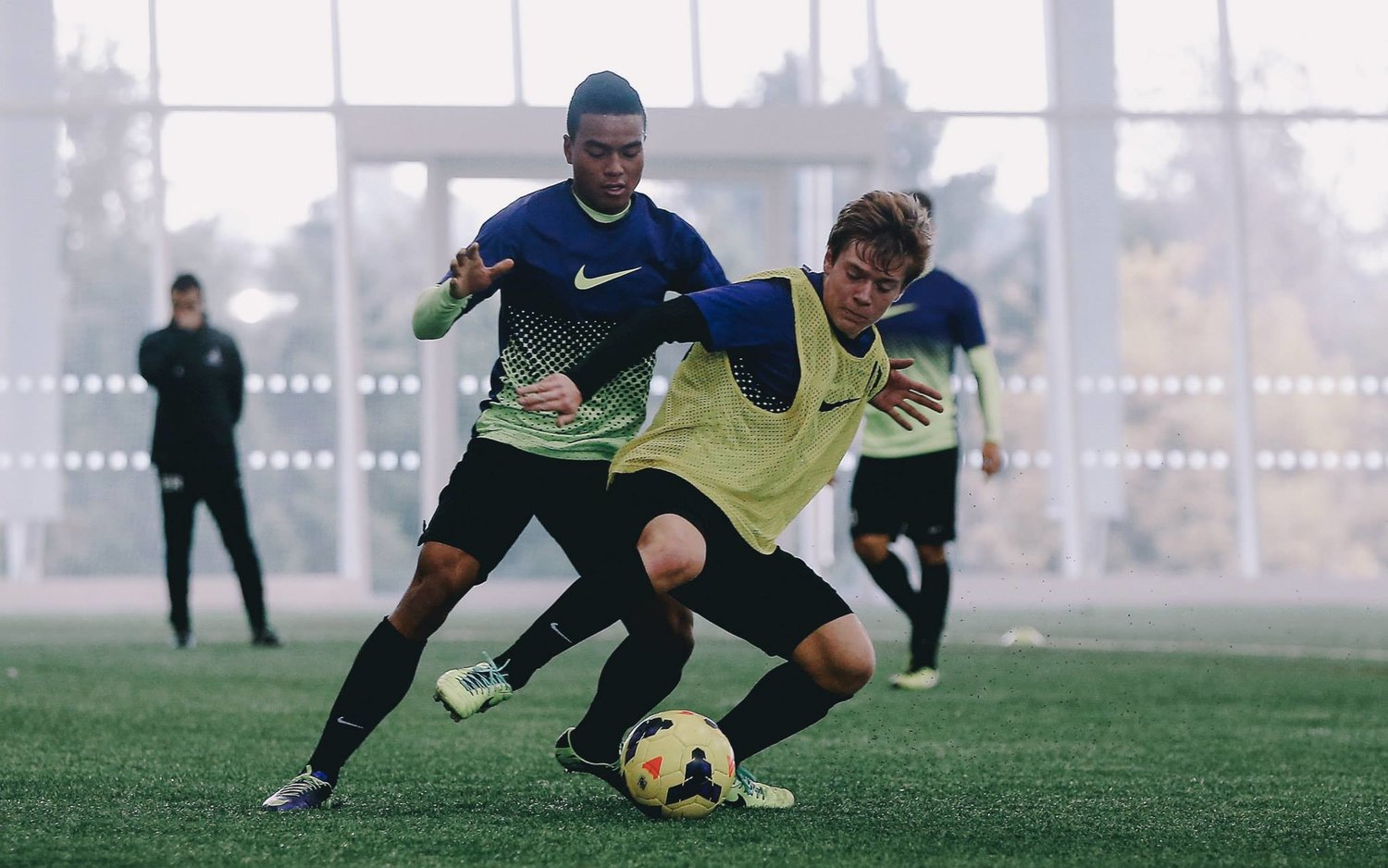
As soon as the ball is played towards your opponent, the player closest to the ball needs to close down the space immediately. Don’t wait until they receive the ball to apply pressure. Make sure you are at their back as soon as they receive the ball.
The goal of applying pressure is to force your opponent to make a mistake and turnover possession. As your opponent receives the ball, stand behind them and try to force them to play the ball backwards. This will help stop the opposing team from advancing up the field.
If you have a player running at you with the ball, try and close them down to about 5 yards. Gradually take away the remaining space in a controlled position and try to slow down your opponent.
2. Force Them Outside
It’s important that you force your opponents to the outside of the field whenever they get the ball. This is because the middle of the field is a more difficult area to defend. It’s also easier for your opponents to find goal scoring opportunities in the middle of the field compared to the wings.
To force your opponent outside, stagger your stance at a 45 degree angle and position your body facing towards the wings. This will encourage the attacker to dribble towards the outside rather than down the middle of the pitch.
3. Don’t Dive In
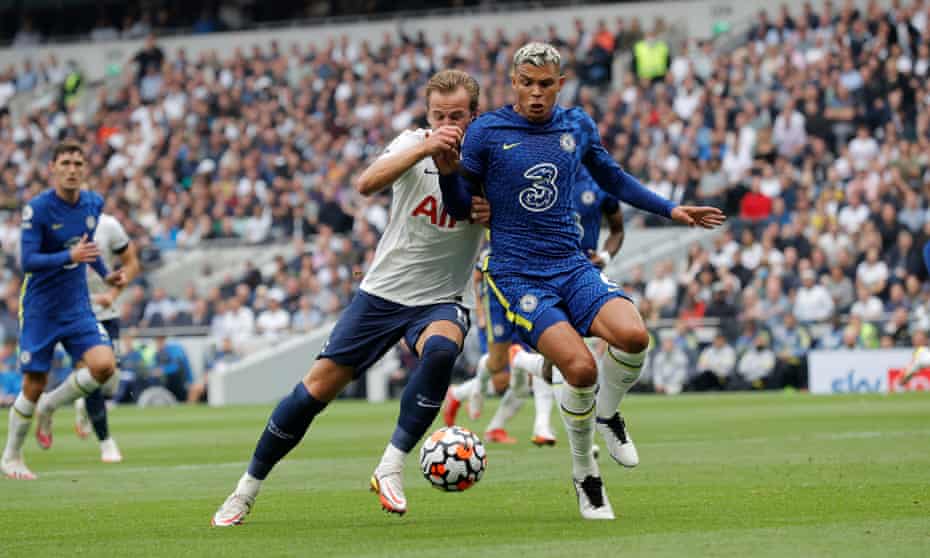
The easiest way to identify an experienced defender is that they don’t dive in to challenges. Diving in to a challenge is when you prematurely step in to take the ball from an attacker. Committing too early like this will give the attacker time to push the ball away and move past you.
A better strategy is to let the defender make the first move. Wait until they try to push the ball past you before stepping in to make a challenge. This will help give you the advantage. Just be sure to focus on the ball and be strong when you make your challenge.
4. Block Passing Lanes
One priority you have as a defender is limiting passing options for your opponent. You want to eliminate any dangerous plays that the attackers may create.
As you mark your man, look for any overlapping runs that your opponents may be making. Try and put your body between the passing lanes that might lead to a goal scoring opportunity. If you end up defending in a 2v1 situation, give some additional space to the player with the ball so that you can transition if he passes it off.
5. Get Between the Man and the Ball

There’s an expression for defending that goes, “Either the man or the ball gets past, not both.” This is one of the most important rules of 1v1 defending. If you allow your man to dribble past you, you’re risking letting your opponent create a chance.
When the attacker tries to push the ball past you, immediately put your body between him and the ball. Try to reclaim possession or clear the ball away if you’re in a dangerous area. This is when using your strength will give you an advantage.
Check Out Gear We Recommend
- Football – Adidas Training Ball
- Cones – Pro Disc Cones
- Goals – Sport Nets Pop Up Goal
- Shin Guards – Nike J Shin Guards
- Backpack – Adidas Stadium Backpack
- Most Comfortable Football Boots of 2024
- Nike Phantom GX 2 vs Adidas Predator Elite
- Puma Future 7 Pro – Review
- Mizuno Morelia 2 Elite Review
- Nike Phantom GX 2 Elite Review
- Width Matters: Choosing the Right Football Boots for Your Feet
- Nike Premier 3 vs Copa Gloro vs NB 442 V2 Pro
- The Best Value Adidas Boot – Copa Gloro Review
- Best Predator Ever? – Predator Elite Review
